Onsen: Mystical Waters of Japan in Legends, History, and Anime
 湯の後さむき肌哉
湯の後さむき肌哉
("Yu no ato samuki hada kana")
"After the bath, the warmth lingers,
but at night,
the skin turns cold."
- Matsuo Bashō, 17th century.
Onsen as a Stage for History, Legends, and Poetry
Onsen, the hot springs of Japan, are much more than just places of relaxation and bathing. They are jewels in the crown of Japanese culture, bearing witness to the rich history and traditions of the Land of the Cherry Blossoms. Since time immemorial, these natural hot waters have served not only as an oasis of health and solace for the body but also as venues for social gatherings, inspiration for artists, and a backdrop for numerous legends and stories. In Japanese culture, onsen occupy a unique place, synonymous with harmony with nature, peace of spirit, and deep contemplation. Permeating through generations, onsen have become an integral element of Japanese heritage, resonating widely in literature, art, and even in popular anime and manga, thus becoming not just a source of water, but a source of endless inspiration and an unchanging symbol of the Japanese spirit.
The History of Onsen
The Name 'Onsen'
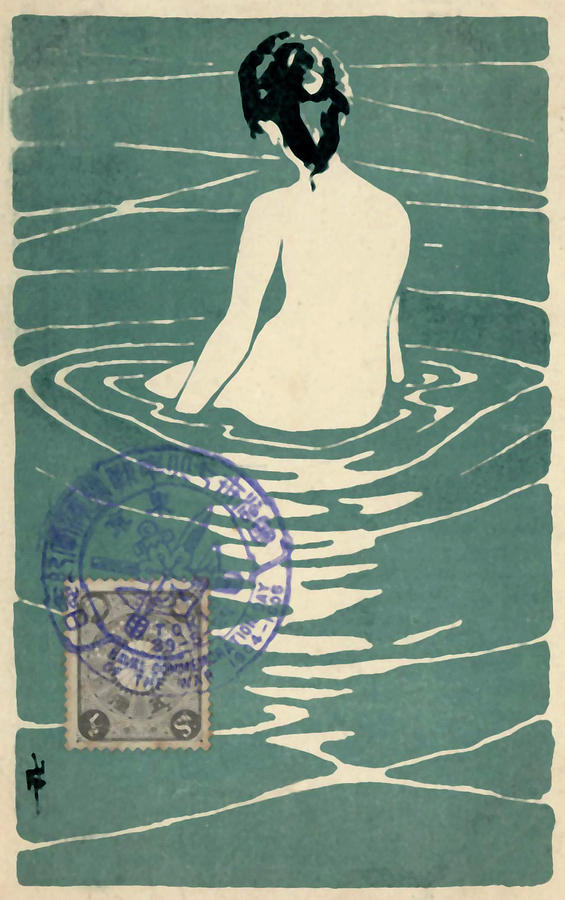
The Beginnings of Onsen in Japan
The first mentions of onsen in Japan date back to ancient times. As early as in the contemporary chronicles, such as the 'Nihon Shoki' (Chronicles of Japan) from the 8th century CE, we find descriptions of using natural hot springs for medicinal and ritual purposes. Onsen were considered places with special healing properties and were often the object of pilgrimages. They were mainly located in volcanic regions, which meant that their waters were rich in minerals and naturally high in temperature.
The Evolution of Onsen
Over the Centuries Over the centuries, onsen evolved from simple natural pools to more organized and expanded facilities. In the Heian period (794-1185 CE), onsen became popular among the aristocracy, leading to the development of the first resorts and bathing complexes. In the Edo period (1603-1868), there was significant development of onsen, as they became accessible to broader segments of society. The first public baths were established, and onsen began to be perceived not only as medicinal sources but also as places of recreation and relaxation.
In the Meiji period (1868-1912) and later, the influence of Western medicine and culture further changed the perception and use of onsen. Modern onsen are often large complexes with various types of baths, saunas, relaxation areas, as well as hotels and other amenities. Despite modernization and commercialization, onsen in Japan still retain their traditional character and are an important part of Japanese culture and heritage.
Onsen in Japanese Tradition
Onsen as an Element of Traditional Japanese Lifestyle Onsen, rooted in Japanese culture for centuries, are not only places of relaxation but also elements of traditional Japanese lifestyle. The Japanese have long used onsen for daily regeneration, relaxation after a day's work, and as a form of deep psychic relaxation. Bathing in onsen is a ritual that goes beyond mere body cleansing. As history shows, people from the Nara period (710-794 CE) derived both physical and spiritual benefits from onsen. In onsen, tightly separated from everyday life, the Japanese find moments of solace and peace, reflecting their deep connection with nature and the pursuit of harmony.
The Role of Onsen in Japanese Health and Wellness
Practices Onsen play a significant role in Japanese health and wellness practices. The water in onsen contains various minerals, such as sulfur, sodium bicarbonate, chlorides, and even radon, which have various healing properties. The water in onsen, like in Beppu Onsen, is famous for helping alleviate ailments such as muscle pain, fatigue, some skin diseases, and stress. In Beppu, the city with the largest outflow of thermal waters in Japan, there is a unique attraction called 'hell hopping,' where visitors can explore various high-temperature and unusual-colored springs. Meanwhile, in Yufuin Onsen, located at the foot of Mount Yufu, a unique atmosphere of peace and relaxation is built, conducive to meditation and deeper reflection.
 Onsen as a Place for Social Gatherings and Integration
Onsen as a Place for Social Gatherings and Integration
Onsen have long served as places for social gatherings and integration. In traditional Japanese society, onsen were places where people of different social classes could meet on equal terms. In Dogo Onsen, the oldest onsen in Japan, which inspired the bathhouse in Miyazaki's film 'Spirited Away,' bathing is both a personal experience and a social event. Shared baths in onsen, known as konyoku, although now rarer, still exist and symbolize community and openness. Also, in modern times, onsen are places where families and friends spend time together, enjoying shared relaxation and relaxation.
Onsen, as an integral part of Japanese culture, constitute a unique blend of tradition, wellness, and social cohesion that has survived the centuries and continues to play an important role in the lives of contemporary Japanese.
Onsen in Literature and Art
 Representation of Onsen in Japanese Literature
Representation of Onsen in Japanese Literature
Onsen play a significant role in Japanese literature, serving as the backdrop for many stories and poems. Their presence is visible in works from ancient times to the present. In literature, onsen often symbolize a place of escape from daily worries, as well as a space for introspection and spiritual renewal. An example can be found in "Genji Monogatari" (The Tale of Genji), a classic Japanese novel by Murasaki Shikibu, where onsen serve as a setting for meetings and romantic entanglements. In more modern times, as in the works of Natsume Soseki, onsen appear as places of seclusion, reflection, and as a metaphor for life transitions.
Impact of Onsen on Japanese Art and Craftsmanship
The impact of onsen on Japanese art and craftsmanship is profound and diverse. Onsen have been an inspiration for many artists, from painters to craftsmen. The picturesque landscapes and tranquil atmospheres of onsen are often depicted in traditional Japanese woodblock prints, ukiyo-e, which showcase the beauty and serenity of these places. Artists such as Ando Hiroshige and Katsushika Hokusai frequently portrayed onsen in their works, highlighting their significance in Japanese culture. In craftsmanship, onsen have influenced the creation of bathing-related items, such as wooden buckets, stools, and accessories, reflecting the aesthetics and functionality of Japanese bathing culture.
 Onsen as Inspiration in Modern Art and Design
Onsen as Inspiration in Modern Art and Design
Contemporary art and design in Japan often draw from the rich tradition of onsen, transforming this cultural element into new, innovative forms. Interior designers, for instance, utilize the concept of onsen to create calm, relaxed spaces in homes and public places, employing natural materials and minimalist aesthetics. Examples of such inspirations can be seen in modern spas and hotels, where designers create spaces that convey the warmth, tranquility, and intimacy characteristic of traditional onsen.

Furthermore, in the field of product design, onsen have inspired the creation of bathing and wellness accessories. Many Japanese brands, such as Kiso, utilize natural materials and traditional craftsmanship techniques to produce bath products that reflect the calmness and simplicity of onsen. These products, ranging from natural soaps to wooden accessories, not only embody the aesthetics of onsen but also transfer the element of relaxation and health benefits of onsen into everyday life.
Famous Onsen in Contemporary Japan
 Beppu Onsen (Oita Prefecture)
Beppu Onsen (Oita Prefecture)
Beppu Onsen, located in Oita Prefecture, is one of the most famous and visited onsen places in Japan. Its history dates back over 1,300 years, when the first thermal baths were discovered in this volcanic area. Over the centuries, Beppu evolved from simple natural sources into a comprehensive wellness center, now known for its "Jigoku" ("Hells") - unique hot springs of various colors and properties that have become a tourist attraction. Currently, Beppu offers over 2,900 thermal springs, attracting millions of tourists each year, both local and foreign. The city, with its variety of onsen experiences – from traditional public baths to luxurious private baths – has become synonymous with Japanese bathing culture.
 Dogo Onsen (Ehime Prefecture)
Dogo Onsen (Ehime Prefecture)
Dogo Onsen, considered one of the oldest onsen in Japan, has a history dating back over 3,000 years. Located in Ehime Prefecture, it is known not only for its healing waters but also for its impressive main building, Dogo Onsen Honkan, which inspired the onsen complex for kami and youkai in the anime "Spirited Away." This historic facility, which has undergone many changes over the centuries, is now recognized as an important cultural heritage. Dogo Onsen attracts tourists with its traditional Japanese atmosphere and history, which is vividly present in every corner of this place.
 Hakone Onsen (Kanagawa Prefecture)
Hakone Onsen (Kanagawa Prefecture)
Hakone Onsen, located near Tokyo in Kanagawa Prefecture, is a popular retreat for the capital's residents. Its history as an onsen center dates back to the Nara period when its therapeutic waters began to be valued. Over the centuries, Hakone has developed as a popular leisure destination, especially during the Meiji period when it became accessible to wider audiences. Today, Hakone Onsen offers both traditional baths and modern spas with views of Mount Fuji, combining tradition with modernity. Its popularity is due not only to the medicinal properties of the waters but also to the picturesque landscapes and proximity to Tokyo.
 Noboribetsu Onsen (Hokkaido Prefecture)
Noboribetsu Onsen (Hokkaido Prefecture)
Noboribetsu Onsen, located in the heart of Hokkaido, is famous for its sulfur springs known as "Jigoku" ("Hell") of Noboribetsu, due to their intense heat and steam. Its origins date back to the Edo period when the healing properties of local waters were discovered. Over the centuries, Noboribetsu has grown into one of the most famous onsen in Hokkaido, attracting hundreds of thousands of tourists each year. A characteristic feature of this place, Jigokudani, or Hell Valley, is a natural spectacle where hot steam and colorful waters create an unforgettable view. The onsen is not only a tourist attraction but also an important healing place, offering various types of baths that utilize the mineral richness of the local waters.
 Kusatsu Onsen (Gunma Prefecture)
Kusatsu Onsen (Gunma Prefecture)
Kusatsu Onsen, located in Gunma Prefecture, is one of the most famous onsen in Japan, with a history dating back over 1,200 years. Known for its strongly acidic waters, Kusatsu was valued for its medicinal properties since the Edo period, when it gained the reputation of being one of the best healing onsen in the country. Today, Kusatsu attracts tourists with its large public baths, where one can experience traditional water-mixing ceremonies, unique to this place. Its water, rich in sulfur and other minerals, makes Kusatsu one of the most potent healing onsen in Japan, attracting those seeking both relaxation and relief from health ailments.
Onsen in Manga and Anime
Onsen, as an integral part of Japanese culture and tradition, frequently appear in anime, adding a unique charm and depth to these stories. These hot springs serve not just as picturesque backdrops but also as key locations for plot development and character growth. In many anime, onsen become the stage for important moments - from personal reflections to significant interactions between characters, reflecting their significance in Japanese social and cultural life.
 'Spirited Away' (2001) – Studio Ghibli, Hayao Miyazaki
'Spirited Away' (2001) – Studio Ghibli, Hayao Miyazaki
'Spirited Away,' a work by Miyazaki, focuses on a bathhouse for spirits, which is the central location of the entire story. The film tells the story of a young girl, Chihiro, who enters a mysterious world of spirits and works in an onsen to save her parents. In this anime, the onsen is a metaphor for transformation and cleansing, playing a key role in character development and the plot.
 'My Neighbor Totoro' (1988) – Studio Ghibli, Hayao Miyazaki
'My Neighbor Totoro' (1988) – Studio Ghibli, Hayao Miyazaki
In 'My Neighbor Totoro,' a classic anime created by Hayao Miyazaki, the onsen is not the main element, but the bathing scenes play a key role. The film depicts a father bathing with his children, symbolizing a moment of relaxation and family closeness. Although brief, this scene illustrates the warmth of domestic life and is a symbolic element of the narrative about family support and peace.
 'Hot Springs Episode' in 'Dragon Ball' (1986) – Akira Toriyama
'Hot Springs Episode' in 'Dragon Ball' (1986) – Akira Toriyama
In Akira Toriyama's 'Dragon Ball' series, there is a famous episode dedicated to the characters' visit to an onsen. In this episode, the onsen serves as a light prelude to further adventures, showing the characters in a rarer moment of relaxation and fun. This episode emphasizes the importance of onsen in Japanese culture as places of rest and relaxation.
 'Love Hina' (2000) – Ken Akamatsu
'Love Hina' (2000) – Ken Akamatsu
'Love Hina' is a manga and anime series that partially takes place in an onsen. The story is about a boy managing a female dormitory, which is also an onsen. In the series, the onsen becomes a place of comedic situations and romances, highlighting the social and cultural aspect of onsen in Japan.
 'Yu Yu Hakusho' (1992-1995) – Yoshihiro Togashi
'Yu Yu Hakusho' (1992-1995) – Yoshihiro Togashi
In 'Yu Yu Hakusho,' an anime created by Yoshihiro Togashi, there is an episode where the main characters visit an onsen to relax after intense battles. Although this scene has a relaxing nature, it also serves to develop relationships between characters and show their less combative side.
 'Onsen Yousei Hakone-chan' (2015) – Daisuke Yui
'Onsen Yousei Hakone-chan' (2015) – Daisuke Yui
'Onsen Yousei Hakone-chan' is an anime series focusing on a spirit named Hakone, who takes care of a local hot spring. In the series, the onsen is not just a backdrop but a key element of the story, symbolizing the spirit of the place and its historical significance.
 'Hanasaku Iroha' (2011) – P.A. Works
'Hanasaku Iroha' (2011) – P.A. Works
'Hanasaku Iroha,' an anime created by P.A. Works, tells the story of a teenager who starts working at a traditional Japanese onsen run by her grandmother. In this anime, the onsen is a place for character development, learning, and maturation, as well as the central point around which the entire story revolves, showcasing the onsen as an essential element of Japanese culture and heritage.
Onsen – Fascinating Places
Onsen in Japan are not just bathing places but also treasure troves of extraordinary stories and customs. One curiosity that might surprise Western visitors is the tradition of bathing naked, regardless of gender. In some onsen, such as in traditional konyoku (mixed baths), men and women can share the same bathing space, reflecting Japanese openness to naturalness and community.
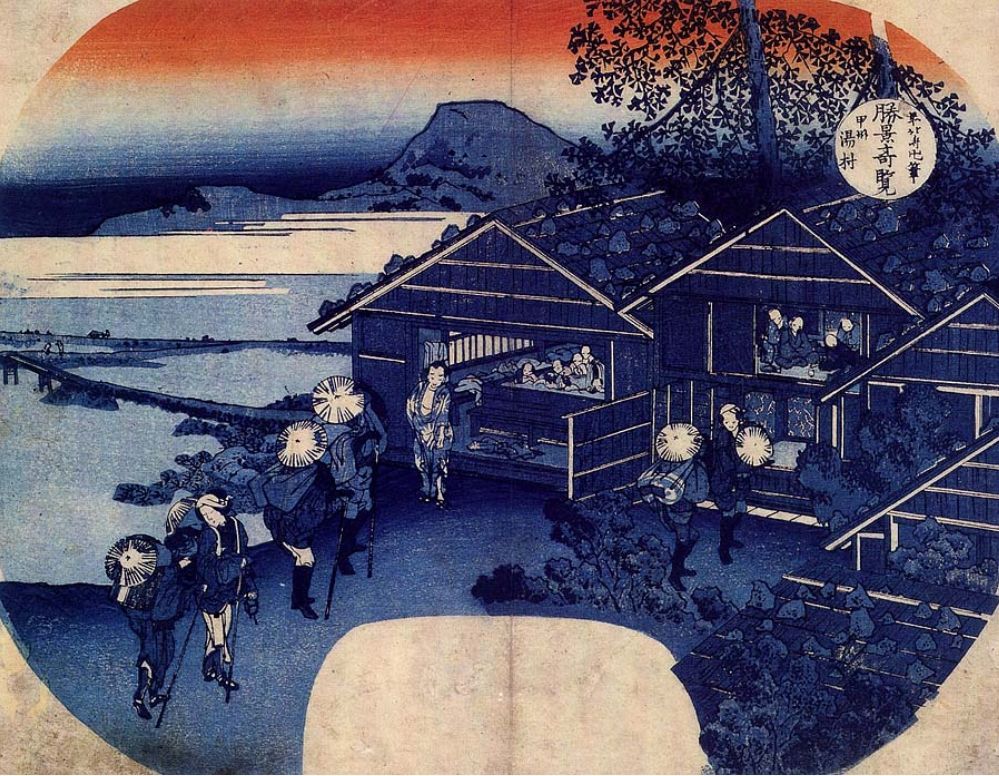
An interesting fact that highlights the uniqueness of onsen in Japan is that in Beppu, one of the most famous onsen towns, there is even a theme park called 'Beppu Hells,' where one can admire nine natural hot springs of unusual colors and shapes. These are not bathing springs, but their view is equally fascinating.
Onsen in Japan are not just hot springs; they are a cultural heritage that combines history, tradition, art, and amazing stories, making them a unique experience that goes beyond the boundaries of ordinary bathing.
"Strong Japanese Women"
see book by the author
of the page
未開 ソビエライ
An enthusiast of Asian culture with a deep appreciation for the diverse philosophies of the world. By education, a psychologist and philologist specializing in Korean studies. At heart, a programmer (primarily for Android) and a passionate technology enthusiast, as well as a practitioner of Zen and mono no aware. In moments of tranquility, adheres to a disciplined lifestyle, firmly believing that perseverance, continuous personal growth, and dedication to one's passions are the wisest paths in life. Author of the book "Strong Women of Japan" (>>see more)
Personal motto:
"The most powerful force in the universe is compound interest." - Albert Einstein (probably)
Mike Soray
(aka Michał Sobieraj)
未開 ソビエライ
An enthusiast of Asian culture with a deep appreciation for the diverse philosophies of the world. By education, a psychologist and philologist specializing in Korean studies. At heart, a programmer (primarily for Android) and a passionate technology enthusiast, as well as a practitioner of Zen and mono no aware. In moments of tranquility, adheres to a disciplined lifestyle, firmly believing that perseverance, continuous personal growth, and dedication to one's passions are the wisest paths in life. Author of the book "Strong Women of Japan" (>>see more)
Personal motto:
"The most powerful force in the universe is compound interest." - Albert Einstein (probably)
Mike Soray
(aka Michał Sobieraj)
Write us...
Ciechanów, Polska
dr.imyon@gmail.com
___________________
inari.smart
Would you like to share your thoughts or feedback about our website or app? Leave us a message, and we’ll get back to you quickly. We value your perspective!
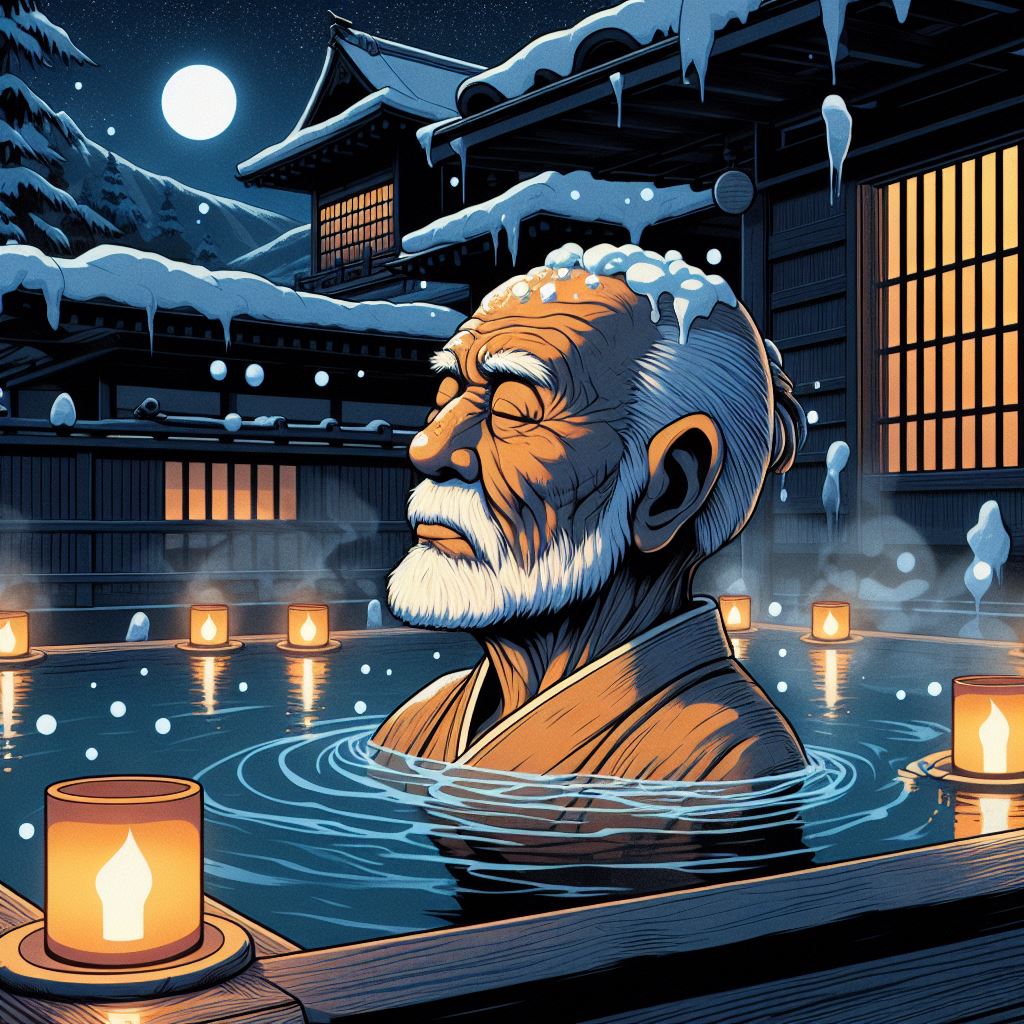 湯の後さむき肌哉
湯の後さむき肌哉 
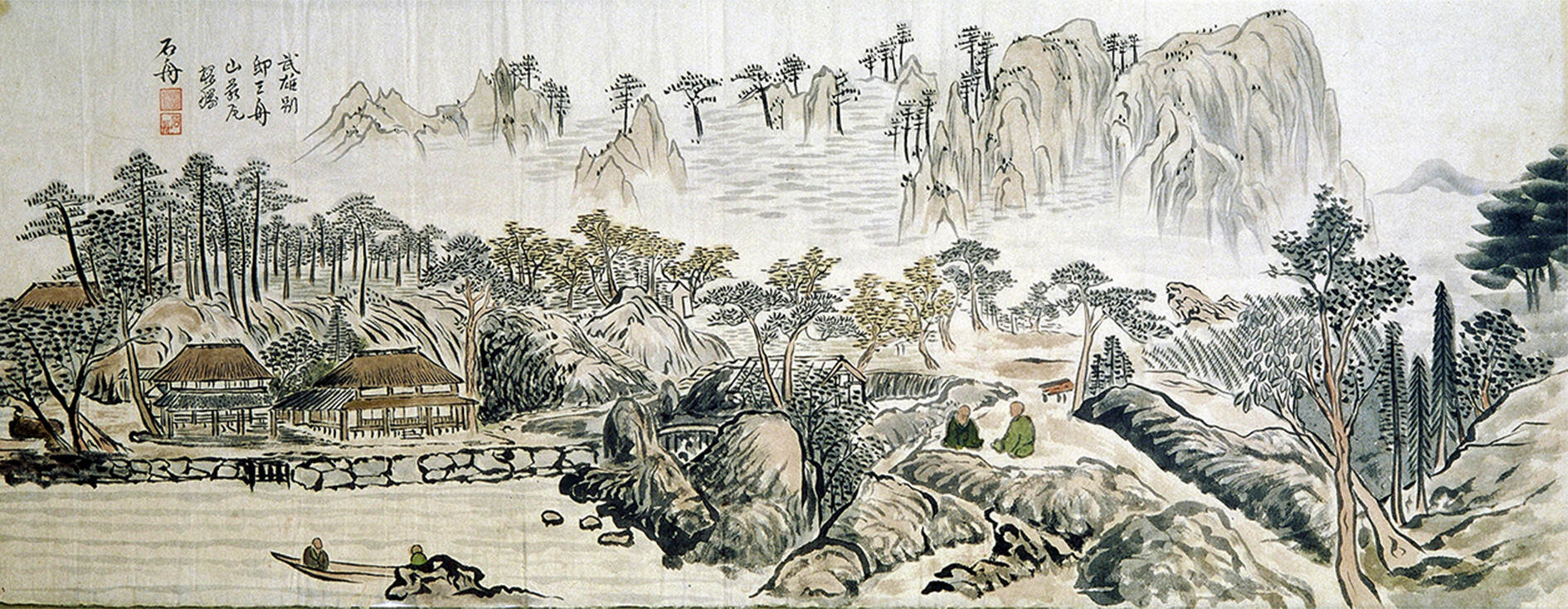
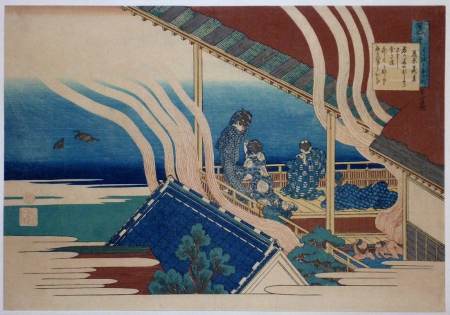
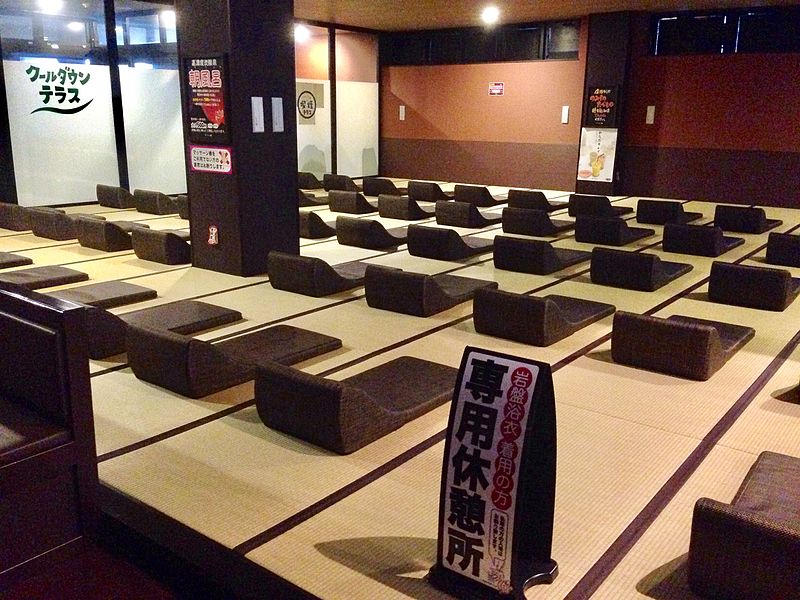 Onsen as a Place for Social Gatherings and Integration
Onsen as a Place for Social Gatherings and Integration 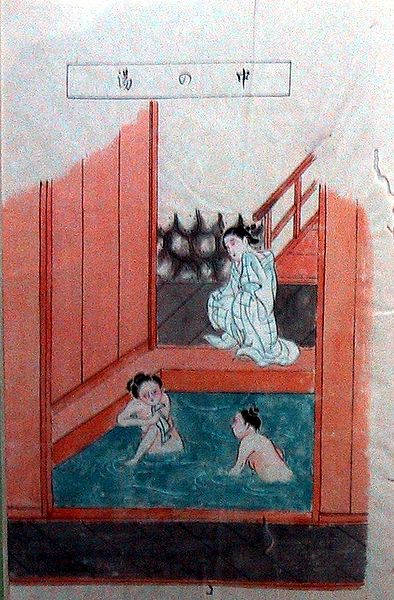 Representation of Onsen in Japanese Literature
Representation of Onsen in Japanese Literature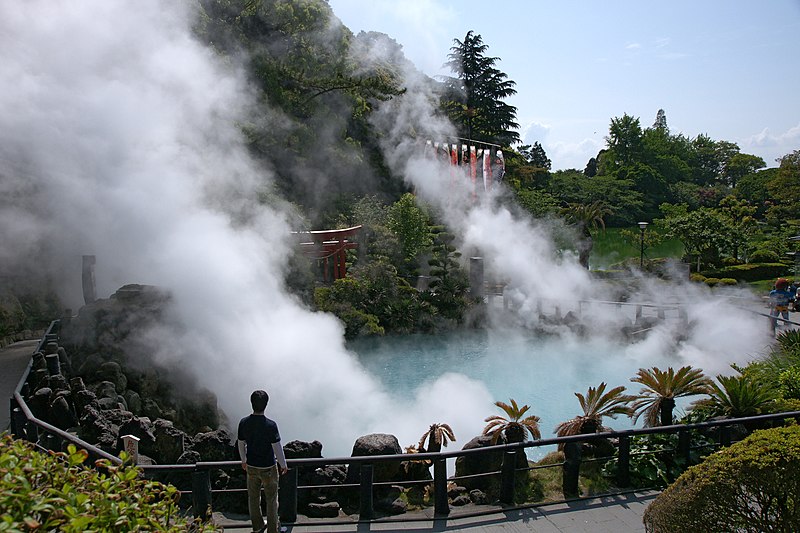 Onsen as Inspiration in Modern Art and Design
Onsen as Inspiration in Modern Art and Design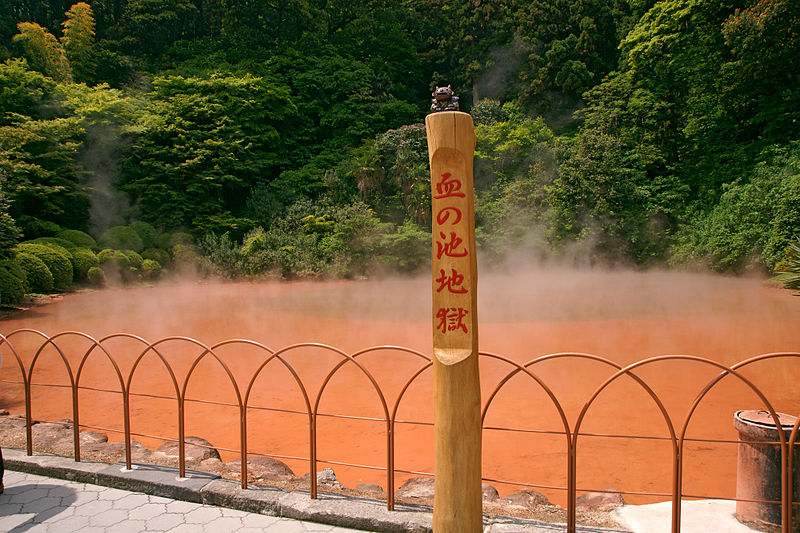 Beppu Onsen (Oita Prefecture)
Beppu Onsen (Oita Prefecture)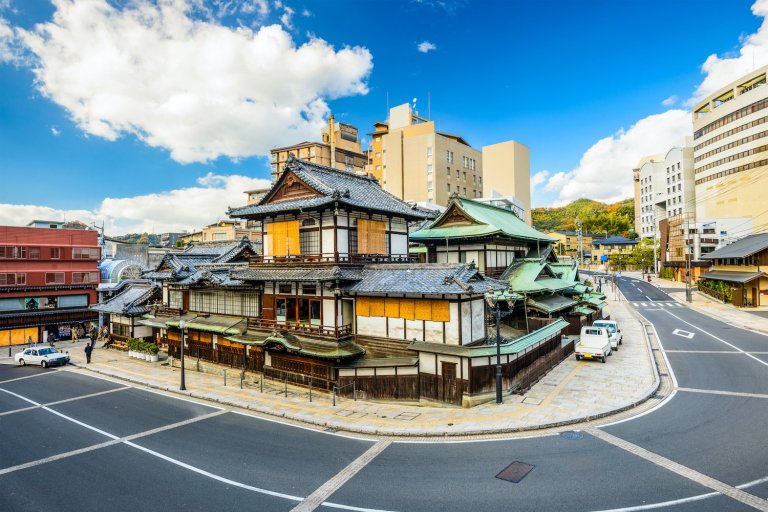 Dogo Onsen (Ehime Prefecture)
Dogo Onsen (Ehime Prefecture)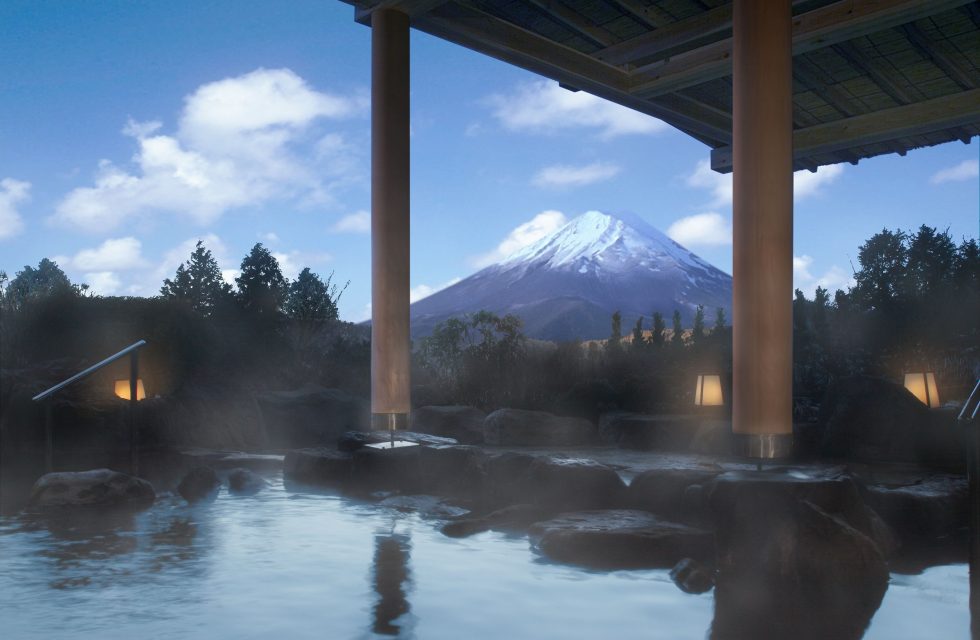 Hakone Onsen (Kanagawa Prefecture)
Hakone Onsen (Kanagawa Prefecture)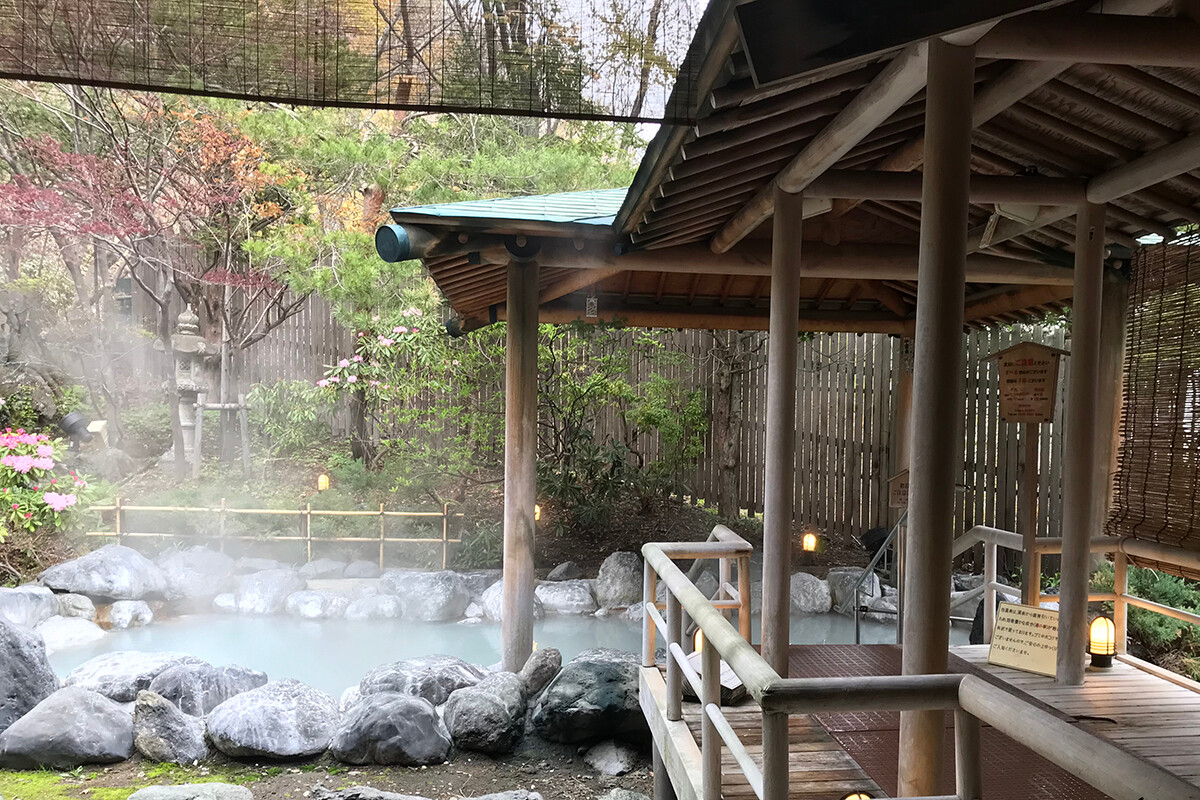 Noboribetsu Onsen (Hokkaido Prefecture)
Noboribetsu Onsen (Hokkaido Prefecture)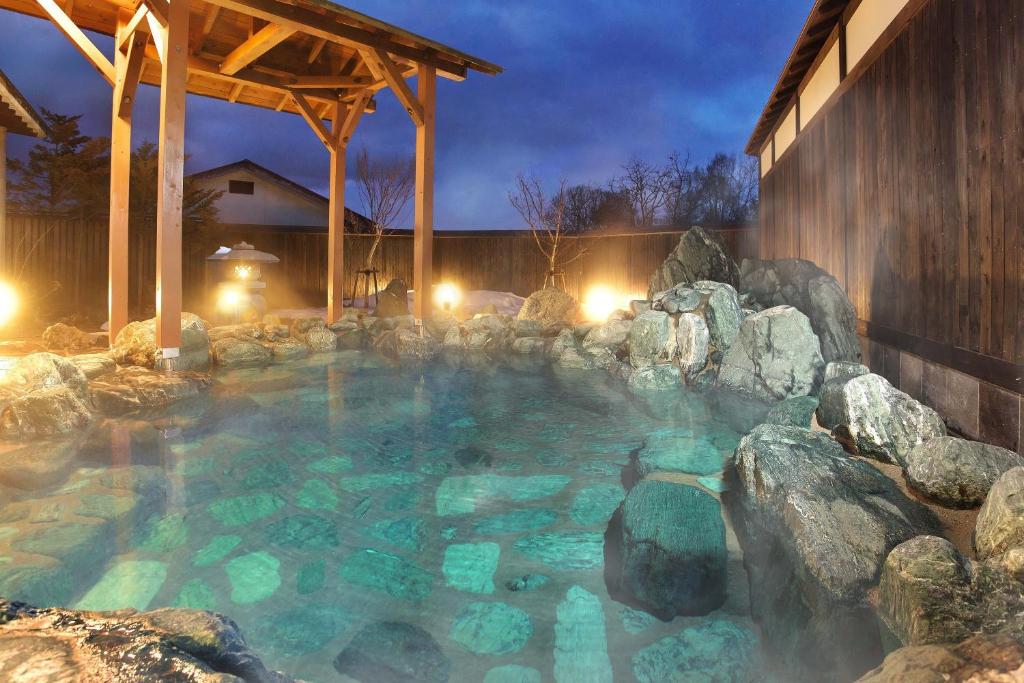 Kusatsu Onsen (Gunma Prefecture)
Kusatsu Onsen (Gunma Prefecture)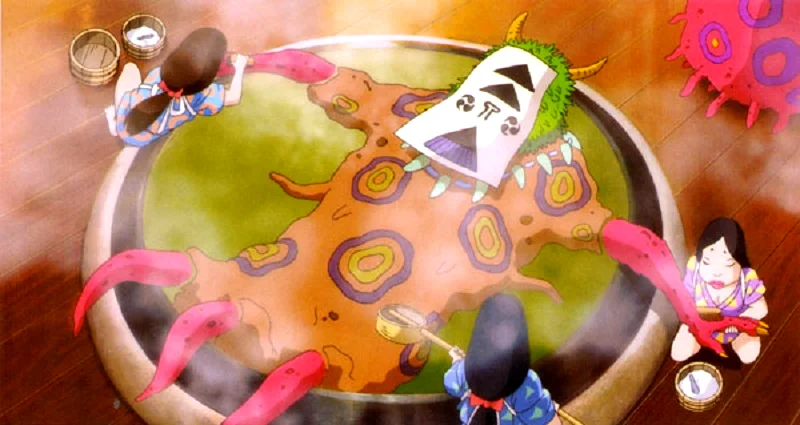 'Spirited Away' (2001) – Studio Ghibli, Hayao Miyazaki
'Spirited Away' (2001) – Studio Ghibli, Hayao Miyazaki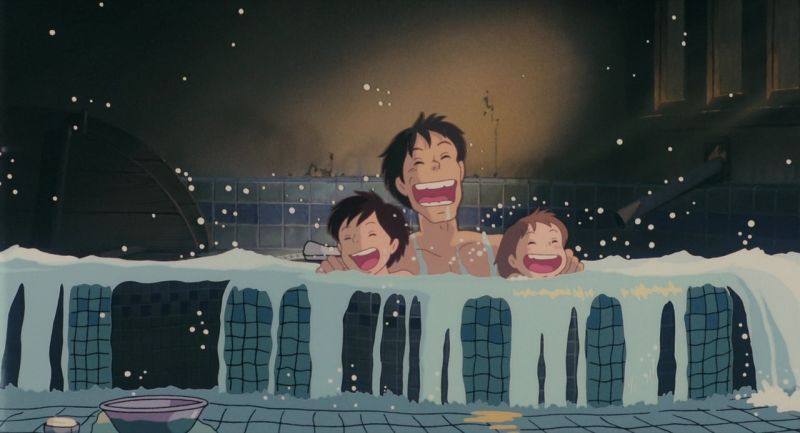 'My Neighbor Totoro' (1988) – Studio Ghibli, Hayao Miyazaki
'My Neighbor Totoro' (1988) – Studio Ghibli, Hayao Miyazaki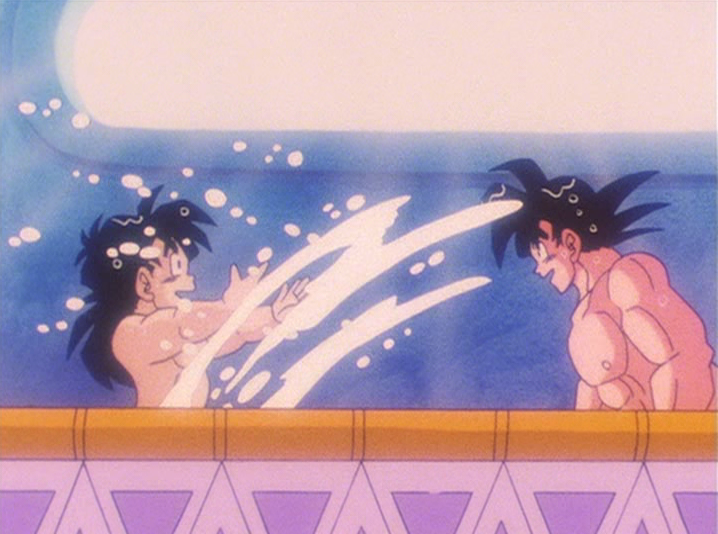 'Hot Springs Episode' in 'Dragon Ball' (1986) – Akira Toriyama
'Hot Springs Episode' in 'Dragon Ball' (1986) – Akira Toriyama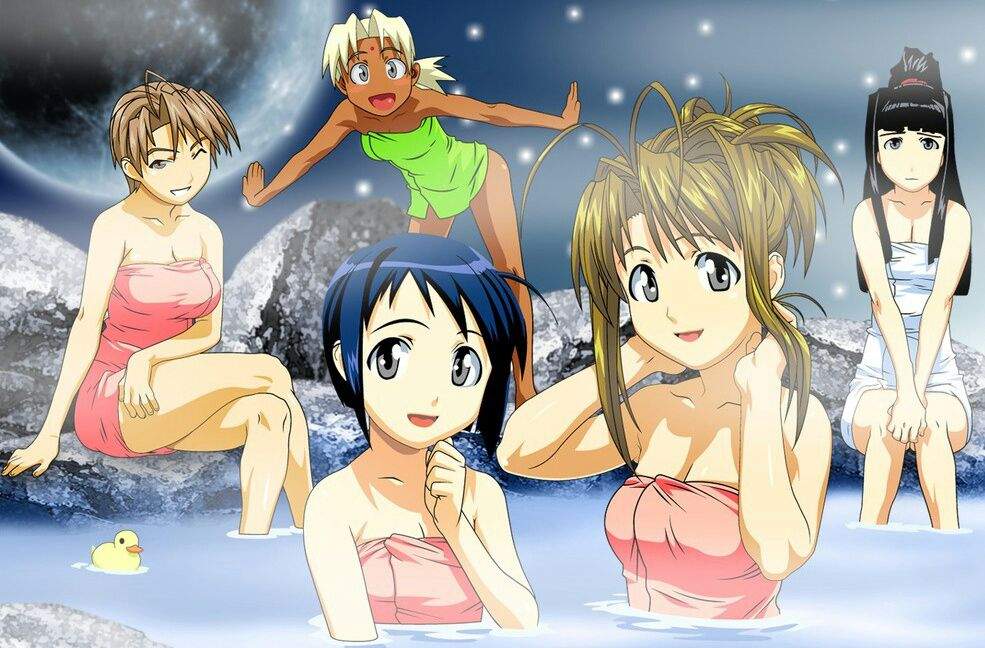 'Love Hina' (2000) – Ken Akamatsu
'Love Hina' (2000) – Ken Akamatsu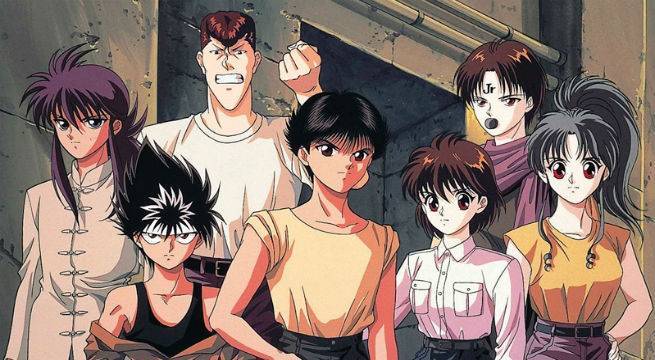 'Yu Yu Hakusho' (1992-1995) – Yoshihiro Togashi
'Yu Yu Hakusho' (1992-1995) – Yoshihiro Togashi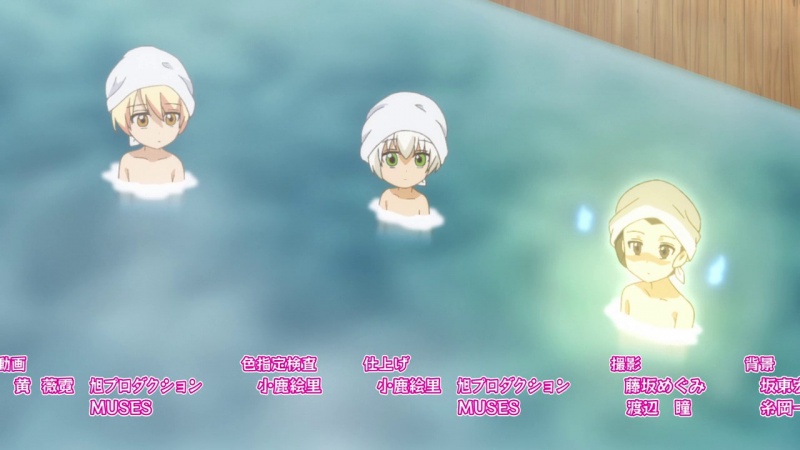 'Onsen Yousei Hakone-chan' (2015) – Daisuke Yui
'Onsen Yousei Hakone-chan' (2015) – Daisuke Yui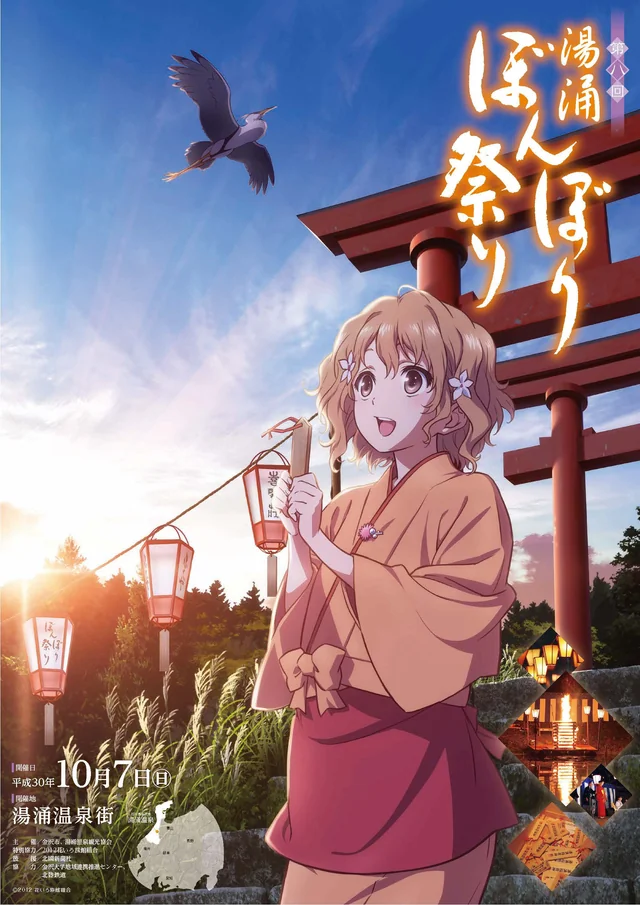 'Hanasaku Iroha' (2011) – P.A. Works
'Hanasaku Iroha' (2011) – P.A. Works

